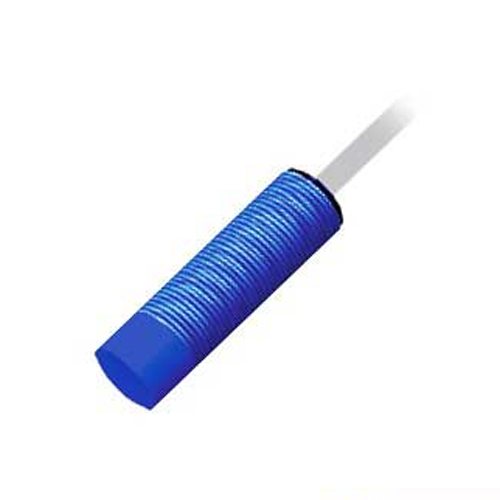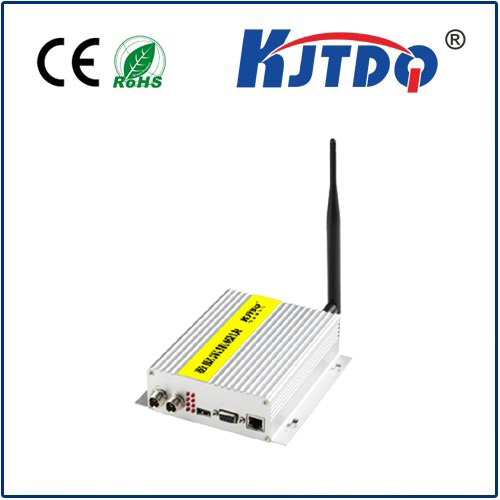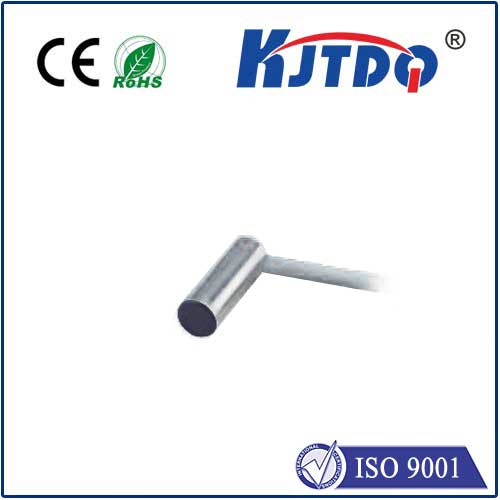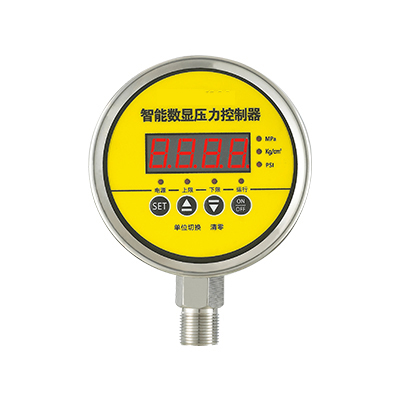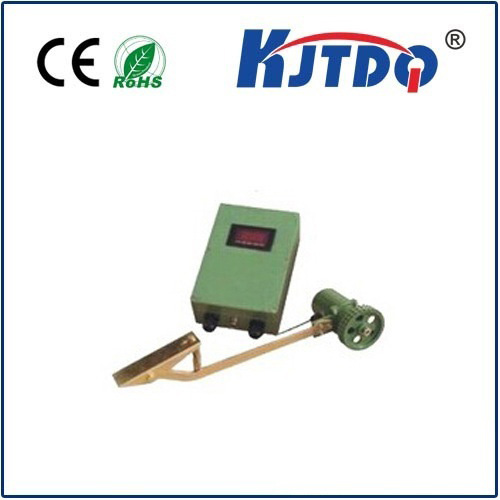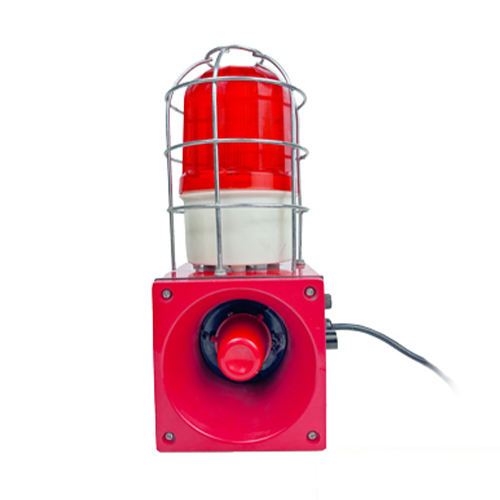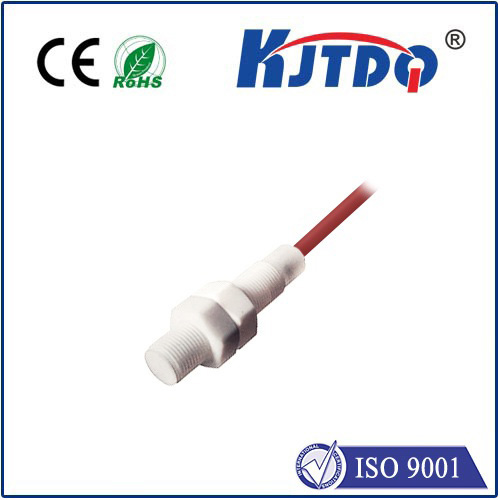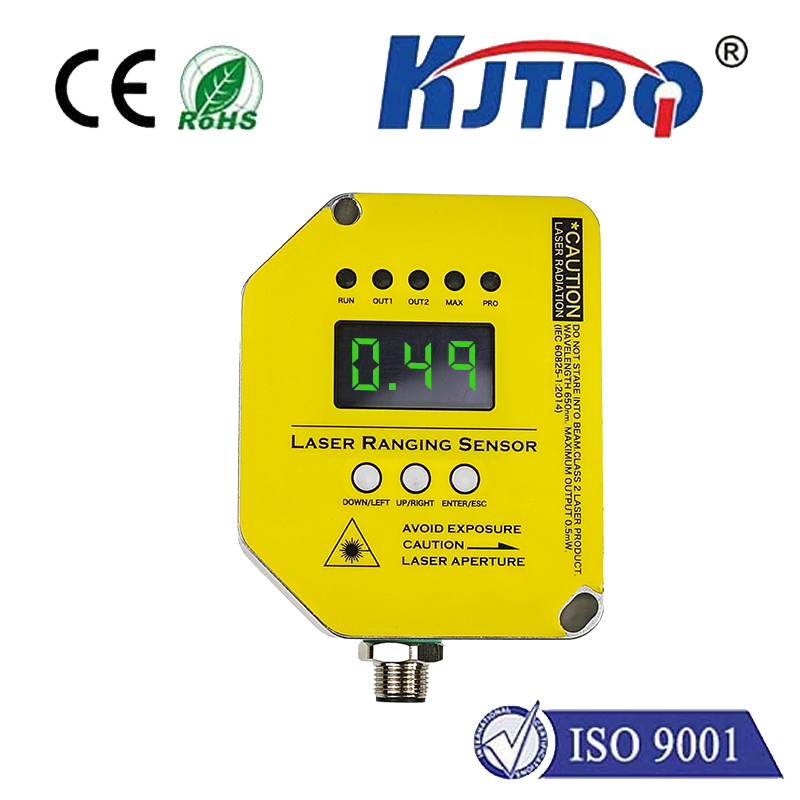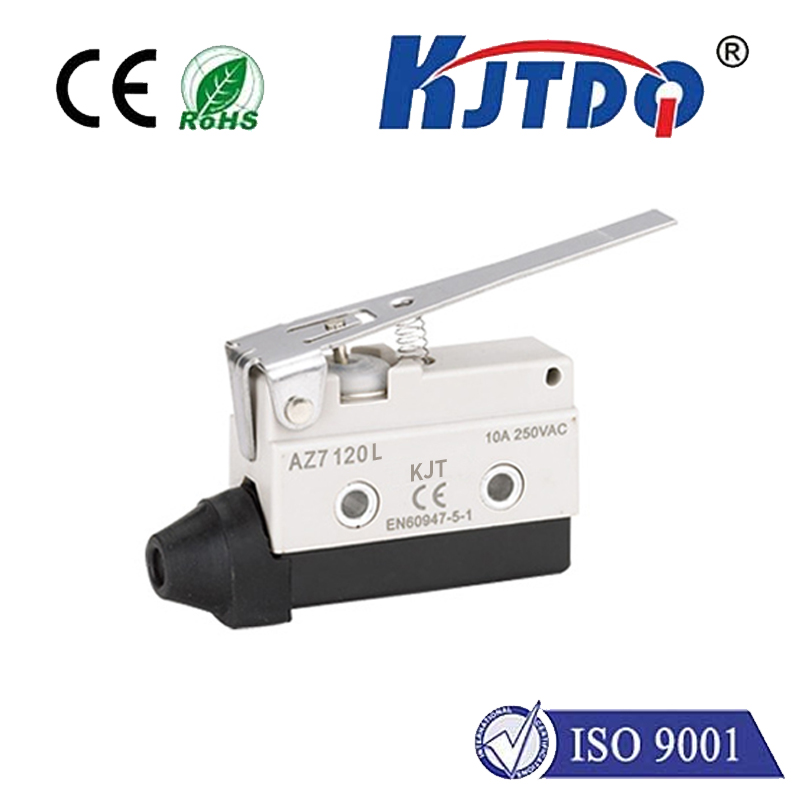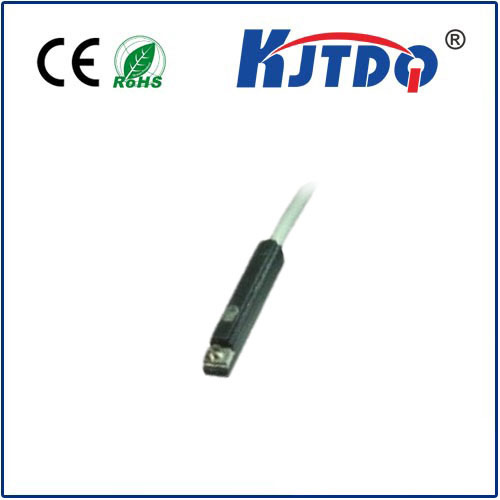

check

check

check

check

check

check

check

check

check

check
Imagine a piece of machinery operating flawlessly, components moving with precise timing, production lines humming efficiently. A critical, often unsung element enabling this symphony in countless industrial settings is the humble proximity sensor. And among these dependable devices, the LJ8A3 inductive proximity sensor stands out as a remarkably popular and versatile choice. This unassuming cylindrical component is fundamental to automation, playing a vital role in detecting the presence or absence of metallic objects without physical contact. Understanding its capabilities reveals why it’s a cornerstone of modern industrial design.
But what exactly is the LJ8A3? It falls squarely into the category of inductive proximity sensors. These devices work on a simple yet elegant electromagnetic principle. Inside the LJ8A3’s sensing face lies a coil energized by an oscillating circuit. When a ferrous metal target (like iron or steel) or sometimes even non-ferrous metals (depending on the specific sensor factor) enters this electromagnetic field, it induces small eddy currents within the target. This energy loss causes a detectable change in the oscillator’s amplitude. Sophisticated circuitry within the sensor monitors this change and triggers a solid-state output switch – essentially saying, “Target detected!”. The beauty lies in its non-contact detection, eliminating wear and tear associated with mechanical switches.
So, why the LJ8A3 specifically? Its designation isn’t arbitrary; it encodes key specifications that define its operational envelope:

This specific combination – an NPN NO output, 2mm sensing range, and a sturdy threaded barrel design – makes the LJ8A3 incredibly adaptable. Its robust construction is built for harsh industrial environments, typically featuring materials resistant to common oils, coolants, and minor impacts. Its IP67 (or sometimes higher) ingress protection rating signifies excellent resistance to dust and temporary water immersion, ensuring reliability on factory floors.
The applications for the LJ8A3 proximity sensor are virtually endless within industrial automation:
Choosing an LJ8A3 sensor offers distinct advantages. Its simplicity and reliability are paramount – with no moving parts to wear out, it boasts a long operational life. The high switching speed allows it to detect rapidly moving objects, essential for fast-paced automation. Its operation is immune to environmental factors like dust, dirt, smoke, or ambient light fluctuations that plague optical sensors, making it ideal for dirty or humid workshops. Furthermore, its standardized form factor and wiring simplify installation and replacement, minimizing costly downtime.
For seamless integration, understanding best practices is key. Always ensure the target material is appropriate (ferrous metal is ideal for standard models) and large enough to reliably trigger the sensor within its specified range. Pay careful attention to the mounting distance – respect the 2mm nominal sensing range and account for any reduction factors for non-ferrous targets. Provide adequate clearance around the sensing face. Crucially, correctly wire the NPN NO output according to your control system’s requirements (sinking input typically needed for PLCs with NPN sensors). Avoid installing multiple sensors too closely together to prevent mutual interference.
While newer technologies emerge, the LJ8A3 inductive proximity sensor remains a testament to robust, effective design. Its straightforward operation, proven durability under demanding conditions, and standardized specifications solidify its position as a true industrial workhorse. Whether you’re designing a new assembly line, maintaining existing machinery, or simply sourcing reliable components, understanding the capabilities and applications of the LJ8A3 proximity sensor equips you with a fundamental tool for smarter, more efficient automation. Its ability to provide non-contact, wear-free detection of metallic objects makes it an indispensable component, silently ensuring countless processes run smoothly, day in and day out. That small cylinder with a cable is often the critical link keeping production moving.
